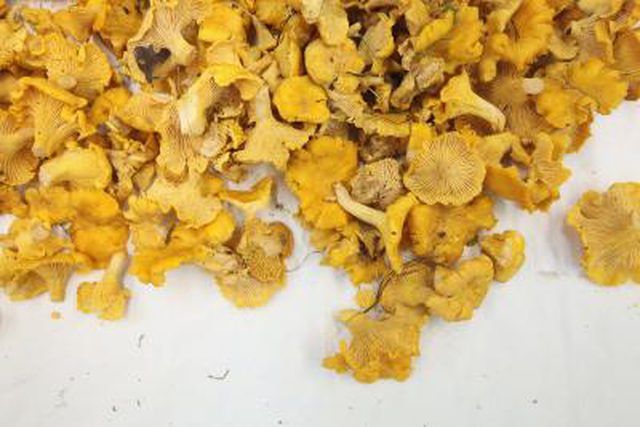Bulbs
Flower Basics
Flower Beds & Specialty Gardens
Flower Garden
Garden Furniture
Garden Gnomes
Garden Seeds
Garden Sheds
Garden Statues
Garden Tools & Supplies
Gardening Basics
Green & Organic
Groundcovers & Vines
Growing Annuals
Growing Basil
Growing Beans
Growing Berries
Growing Blueberries
Growing Cactus
Growing Corn
Growing Cotton
Growing Edibles
Growing Flowers
Growing Garlic
Growing Grapes
Growing Grass
Growing Herbs
Growing Jasmine
Growing Mint
Growing Mushrooms
Orchids
Growing Peanuts
Growing Perennials
Growing Plants
Growing Rosemary
Growing Roses
Growing Strawberries
Growing Sunflowers
Growing Thyme
Growing Tomatoes
Growing Tulips
Growing Vegetables
Herb Basics
Herb Garden
Indoor Growing
Landscaping Basics
Landscaping Patios
Landscaping Plants
Landscaping Shrubs
Landscaping Trees
Landscaping Walks & Pathways
Lawn Basics
Lawn Maintenance
Lawn Mowers
Lawn Ornaments
Lawn Planting
Lawn Tools
Outdoor Growing
Overall Landscape Planning
Pests, Weeds & Problems
Plant Basics
Rock Garden
Rose Garden
Shrubs
Soil
Specialty Gardens
Trees
Vegetable Garden
Yard Maintenance
How to Grow Chanterelle From Spores
How to Grow Chanterelle From Spores. Chanterelle mushrooms grow in the wild all over the world and generally goes by the name “golden chanterelle” in North America. The chanterelle is popularly used by chefs because of its taste and aroma and is one of the few mushrooms that is uniform in color. If you wish to grow chanterelles from...

Chanterelle mushrooms grow in the wild all over the world and generally goes by the name "golden chanterelle" in North America. The chanterelle is popularly used by chefs because of its taste and aroma and is one of the few mushrooms that is uniform in color. If you wish to grow chanterelles from spores, you must attempt this in the wild because there are no successful ways to domestically cultivate the mushroom as of 2011. When you try to grow chanterelles in the wild, the conditions must be just right in order to see a successful crop.
Things You'll Need
Chanterelle mushroom
Soil tester
Garden rake
Locate a tree that has the right conditions for chanterelle mushrooms to grow. Successful chanterelle crops are usually by trees because they have a symbiotic relationship. Good trees include beech, spruce, pine or birch. The ideal environment for chanterelles to grow is one that has soil that drains well and low levels of nitrogen.
Test the soil near the tree. The ideal pH of soil is between 4 and 5.5. The best soil for growing chanterelles generally has the proper pH. However, if the soil in the area you desire does not have the proper balance, you can raise the pH by adding lime to the soil or sodium chloride to lower the levels. If you see other chanterelles in the area you wish to grow, there is a good chance the soil has the right pH level.
Rake the soil where you wish to grow the chanterelle spores, as they will not survive in compact soil. In the future, avoid walking on the soil in this area.
Break apart a chanterelle mushroom over the soil you raked and gently spread the pieces around. Chanterelles produce low amounts of spores that are very small, which you cannot save in a container. Therefore, it is best to spread pieces of the mushroom on the soil because they contain the spores on and within them. If you wish to increase your chances of growing chanterelles, you can try using more than one mushroom.
Leave the mushroom pieces you spread undisturbed. Chanterelles grow well on their own in the wild when the conditions are right.
Tips & Warnings
The best time to grow chanterelle mushrooms is in July.
It is best to use chanterelle mushrooms that are not washed. Washing a chanterelle may remove its spores.
When left undisturbed, chanterelle crops will continue to re-grow annually.
Avoid planting the chanterelle spores next to a tree that has mycorrhizae fungi because it will create competition and possibly kill the spores you planted.